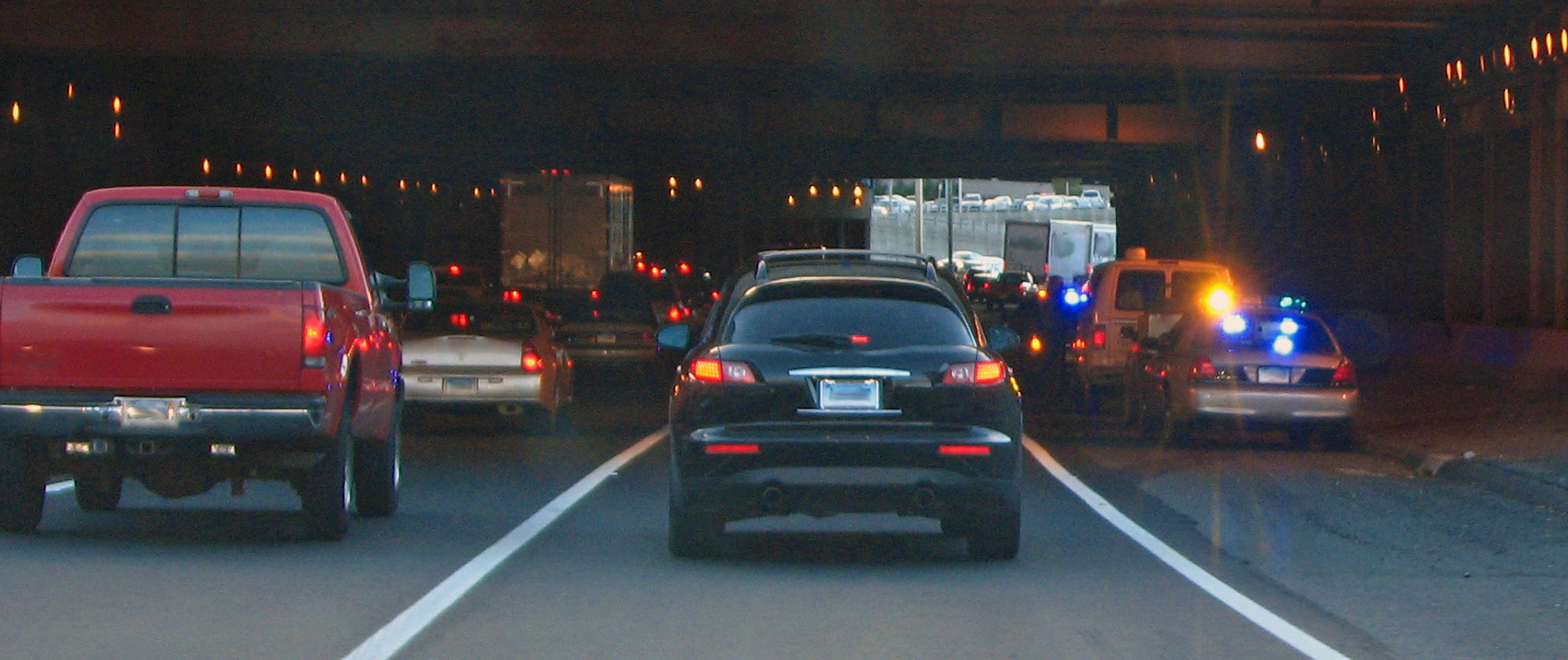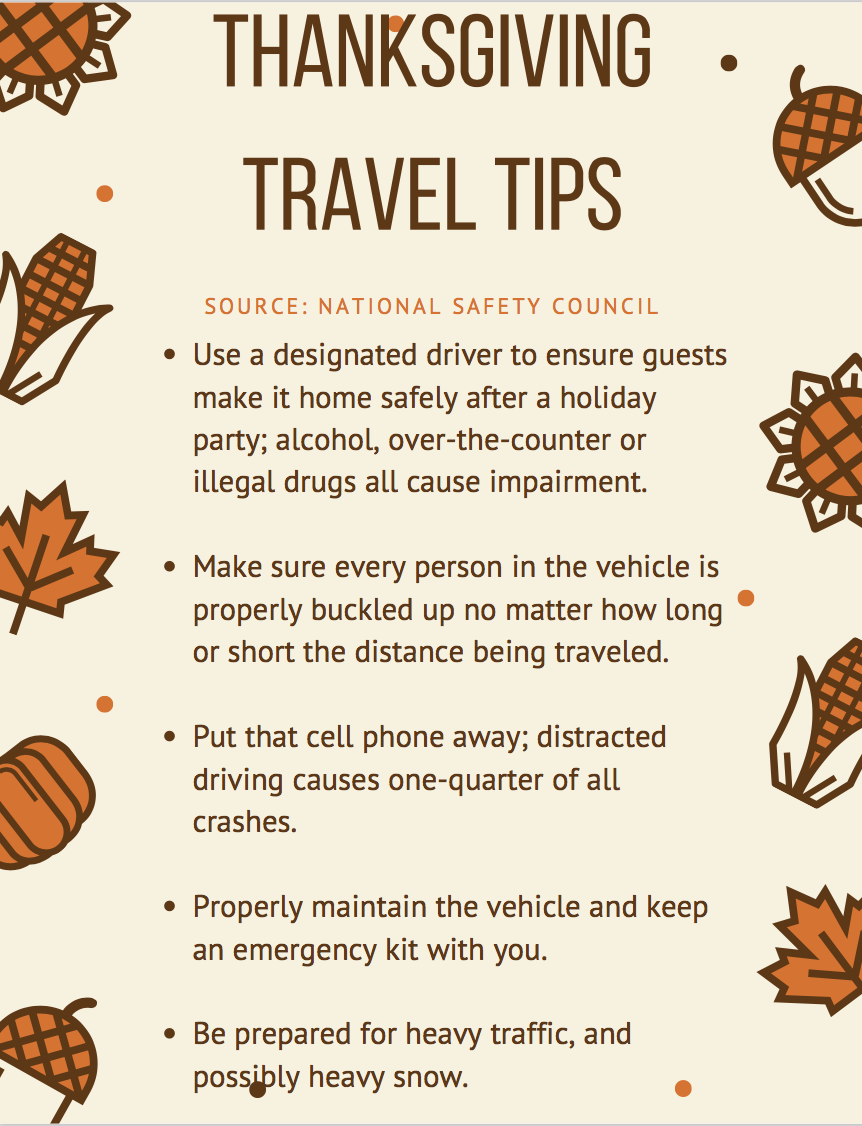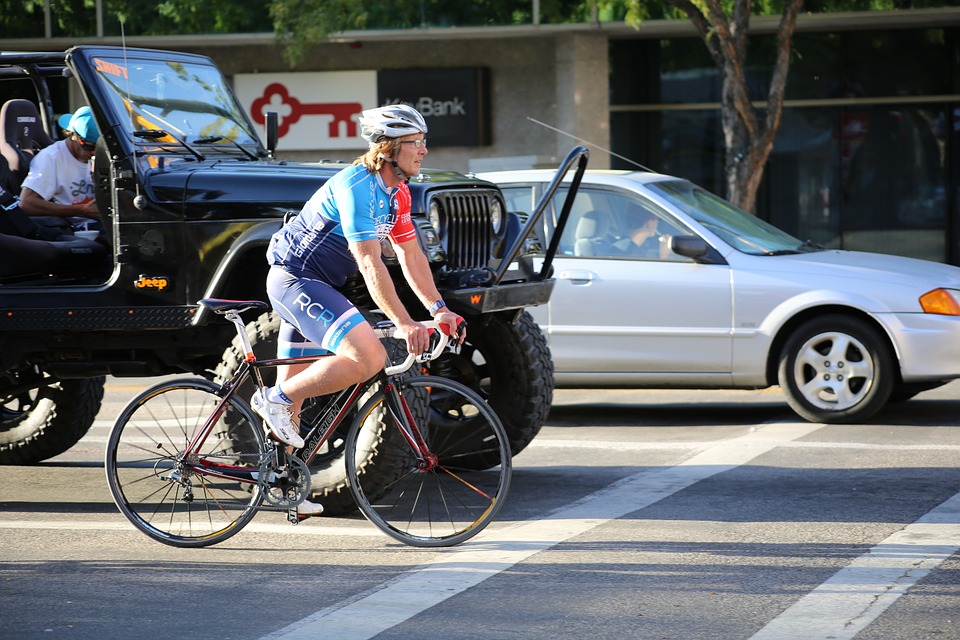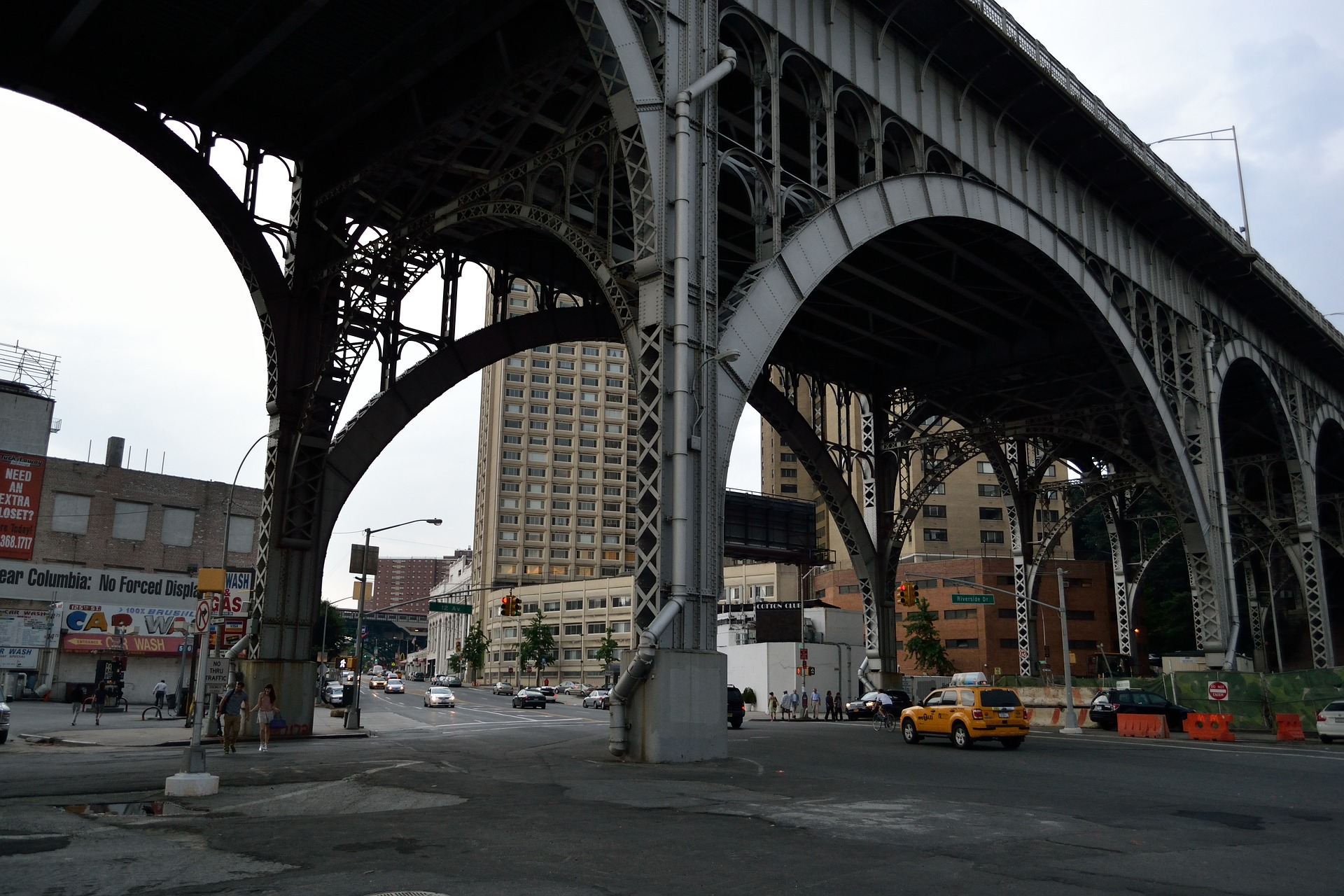Black Friday. We’ve all seen the videos of massive crowds outside of a Walmart, people trampling over safety barricades at Target, and getting into fistfights over flat screen TVs at Best Buy. While consumer greed and violence are as closely associated with Black Friday as turkey is with Thanksgiving, something that often gets overlooked is Black Friday traffic. After all, those hordes of people storming the doors of the local mall had to get there somehow, right?
Thanksgiving traffic is bad all week and Black Friday is no exception. According to data collected by Google, eager shoppers actually begin their drives to malls across the country on Thanksgiving evening. Traffic starts to pick up at around 4 PM on Thursday, with the number of drives over the course of Thursday evening being 5 times higher than a normal Thursday in November. Waze, a navigation app created by Google, found similar data. Users of the Waze app saw traffic peak throughout Thursday evening, drop off slightly overnight, and pick up again early Friday afternoon. Waze reports that traffic is at it’s worst on Friday between noon and 3 PM. Similarly, Time reports that traffic between 12 AM and 2 PM on Black Friday is significantly higher than traffic on an average November day. More drivers on the road than usual, coupled with the fact that they’re anxious to get to the store quickly and could be driving in an unfamiliar area, means that car accidents can happen. Drivers need to be alert and follow the rules of the road to avoid being involved in Black Friday traffic car crashes.
So where exactly is everyone going on Friday? In general, Waze found that people are most often searching for electronics stores, outlet malls, and Christmas tree farms. Unsurprisingly, they also found that the most searched for navigation destination on Black Friday in 2015 was Walmart. The app saw an 85% increase in the number of searches for Walmart as compared to other Fridays in November. Other department stores that were frequently searched for include Costco, Kohls, Macy’s, and Target. For clothes, drivers were searching the most for Burlington Coat Factory, Marshalls, Old Navy, Ross, and TJ Maxx. When it comes to home decor, drivers were most interested in finding Bed Bath and Beyond, Homegoods, Ikea, Lowes, and Home Depot. If your Black Friday plans include any of those destinations, know that the roads are going to be unavoidably congested with shoppers looking for good deals. It also means that if you wait to go Black Friday shopping until Friday afternoon, the store shelves could likely be empty when you get there.
While Thanksgiving brings bountiful feasts and plenty of leftovers, Waze also found that searches for restaurants see a drastic increase on Black Friday as well. Mcdonald’s, Chick-Fil-A, Panera Bread, In-N-Out, and Chipotle were the most searched for restaurants on Black Friday in 2015. In Detroit specifically, the most searched for term on Black Friday was “hamburgers.” If your Black Friday deal hunting makes you hungry, your best bet for hitting a restaurant is between 2 PM and 3 PM, so as to avoid lunch and dinner traffic.
A huge increase in the number of cars on the road unfortunately means there may be an increase in the number of motor vehicle accidents as well. According to Time, there are 34% more automobile accidents on Black Friday as compared to the number of accidents in the two weeks before and after. The majority of those accidents were backing or parking related, which is not surprising considering how many people are trying to get in and out of parking lots on Black Friday. On the road, drivers are likely in a hurry to get to their destination, and could be making poor driving choices as a result. While no one likes sitting in traffic (especially when a great sale is on the line) drivers should know that bad traffic is something they need to expect when it comes to Black Friday shopping.
But there is a chance that all of that could change, however, thanks of course to the internet. A report from the Chicago Tribune found that over Thanksgiving weekend in 2016, there was a significant increase in the number of people who stayed home on Black Friday, and did all of their shopping online. The National Retail Federation found that “109 million people shopped from their computers and mobile devices from Thanksgiving Day through Sunday, while about 99 million hit the sales in brick-and-mortar stores.” The year before, the numbers were more evenly split, with 103 million people shopping online and 102 million in stores. The internet has already changed much of how we live our lives, and maybe soon we will be able to thank it for saving us from Black Friday traffic.
Everyone loves a great sale and being able to knock out some holiday shopping early. And while the crowds inside the store are one thing, the crowds getting to the store are quite another. If you plan on going Black Friday shopping, traffic should be a part of that plan. Roads, especially near malls and shopping centers, are going to be congested. You probably can’t do anything to change how much traffic there will be, but you can be responsible for planning for it. Know that your drive to Target is probably going to take longer than it does on a normal day, and build that time into your schedule accordingly. When you’re on the road, don’t let your frustration with traffic and desire for a great deal on an iPad result in dangerous driving behavior. In the parking lot, check and double check that your path is clear when pulling into and backing out of parking spots, and espescially be on the lookout for pedestrians and shopping carts. There is no Black Friday sale that is worth risking your life, the lives of those you are traveling with, and the lives of other people on the road.
Don't let your desire for a good sale get the best of you this Black Friday. With so many drivers on the road, traffic will be bad and car collisions can happen. If you or a loved one are injured in an automobile accident this Black Friday, or any other day of the year, call The Michigan Law Firm, PLLC at 844.4MI.FIRM for a free legal consultation.






































